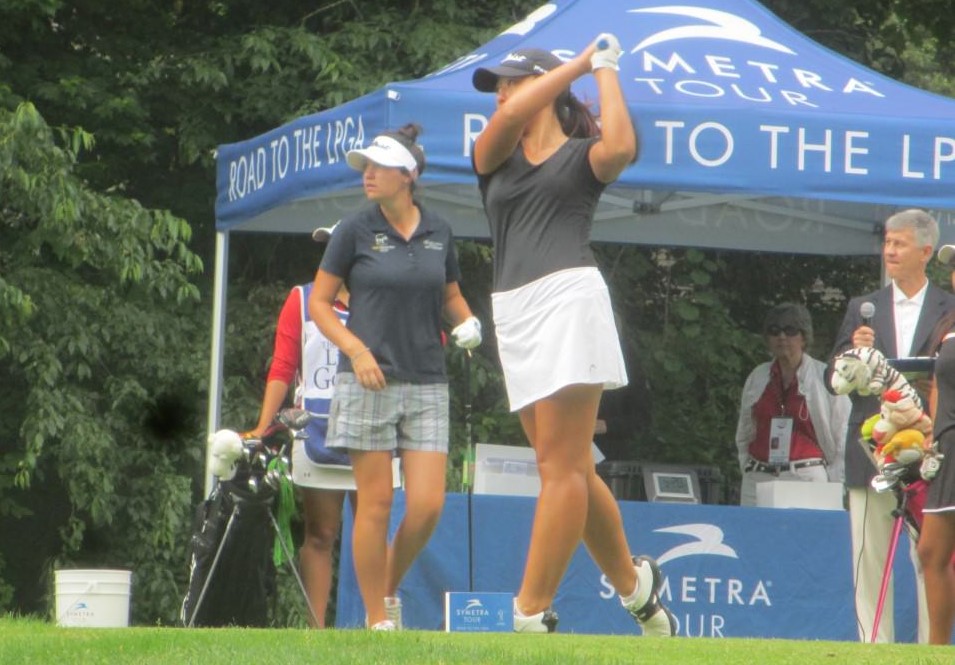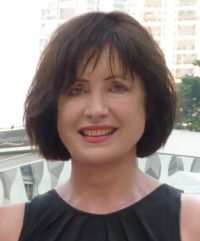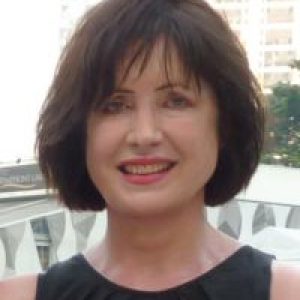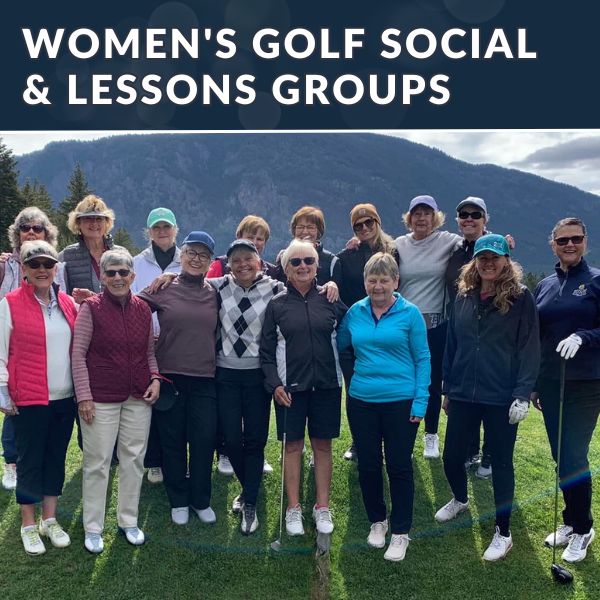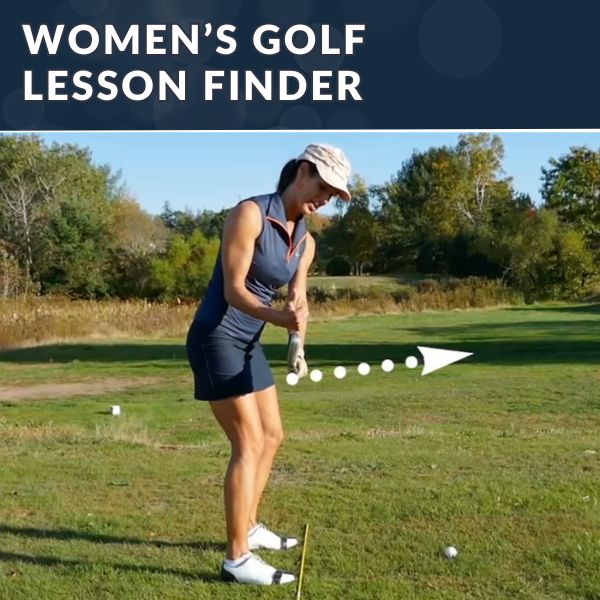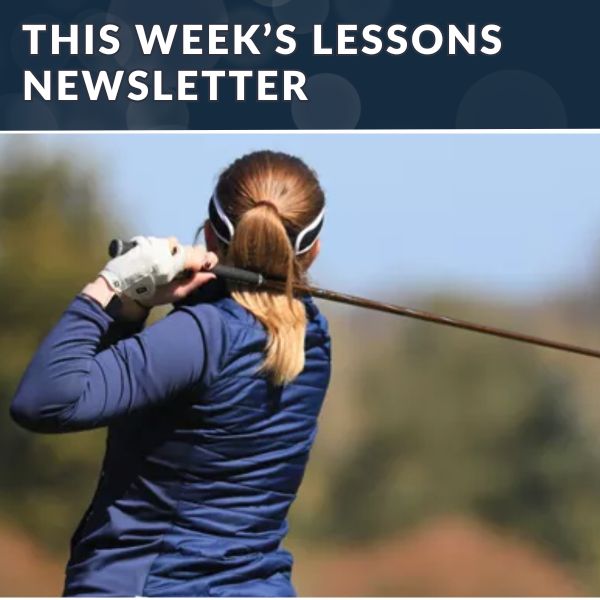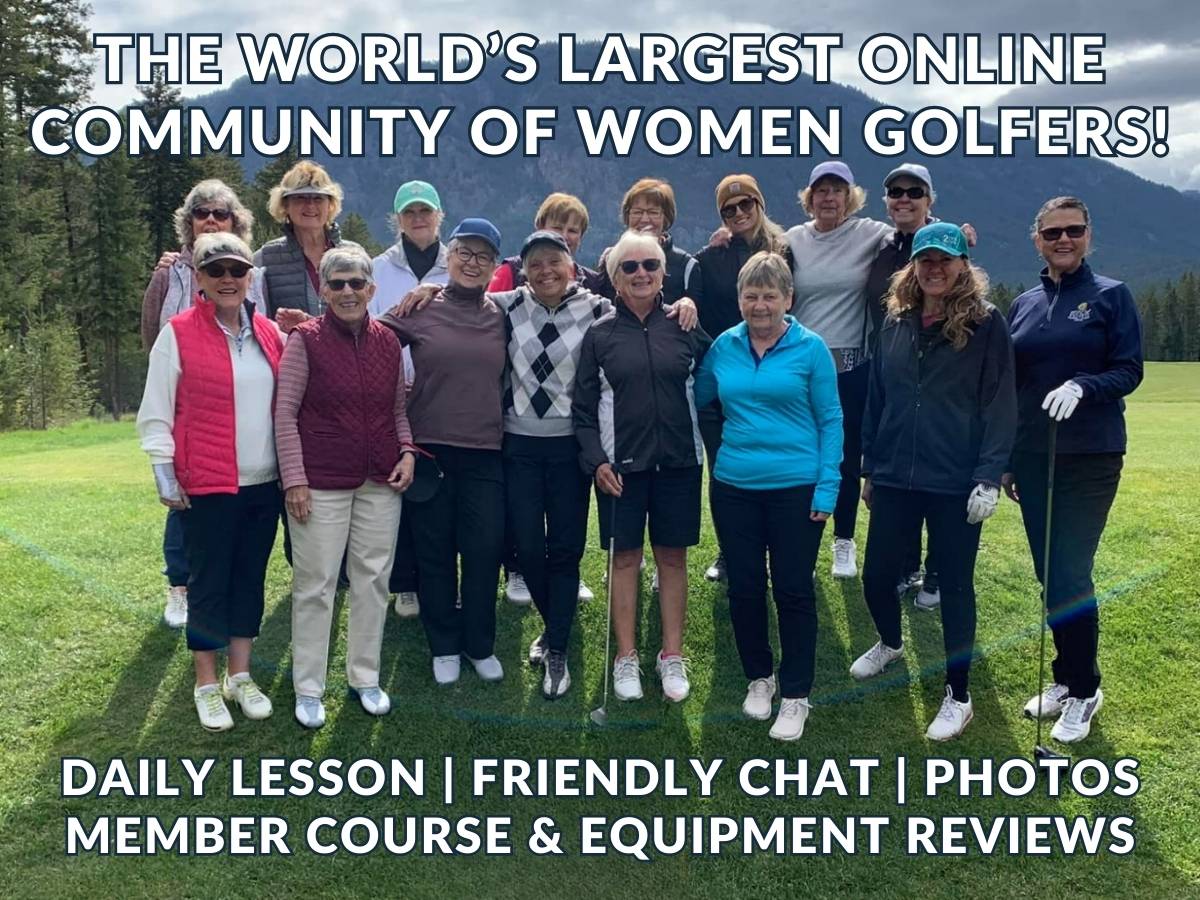There’s a phrase you often hear from players on the Symetra Tour; “Just livin’ the dream,” they will say with a grin. What’s not to like when you’re a young touring pro, traveling the country and following the nice weather from one great golf course to another? It sure beats a nine-to-five job in an office somewhere when you’re just out of school.
But there is another dream they all share that is much more important and much harder to turn into a reality. It’s the dream of earning their way to the LPGA and enjoying a long and successful career as a star on the biggest stage in women’s golf. Most of them have had that dream since they were young teens, playing in junior golf, where they first realized they had a special talent and a love for the game of golf.
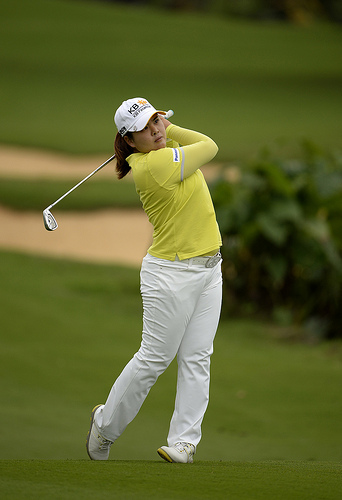
Close to 70 players on the LPGA’s current priority list (184 active players listed) have played on the Symetra Tour in past seasons. It is where most of them turned professional, usually after successful college careers. Close to 30 of those players earned their LPGA cards by finishing in the top 10 on the Symetra Tour money list (top 5 prior to 2009) during a specific season. The rest earned their LPGA cards through the Q School process. Inbee Park is currently the most successful player on the LPGA who earned her card through the Symetra Tour. She finished third on the Symetra Tour’s money list in 2006, earning her rookie card on the LPGA for the 2007 season.
Being a professional golfer, on any tour, means one thing; you are playing against other people for money. It does not necessarily mean that you are earning a living. Unlike most professional sports, there are no guaranteed salaries in golf. If you don’t make the cut in a professional golf tournament you don’t make a nickel. Many players on the Symetra Tour are fortunate enough to have the necessary financial resources (wealthy parents or sponsors) and do not have to worry about paying the bills, but a lot of the players struggle each season to come up with the entry fees and travel expenses to compete on the tour. Some estimates are that it costs Symetra Tour players $30,000 or more each season to play in and travel to all the events around the country (there are 22 events in 14 different states on the tour’s 2016 schedule). Most players on the tour do not make anywhere near $30,000 in a season, and many of them could not afford to play at all unless they had free housing at events each week thanks to host families that welcome them into their homes. Living in motels on the road for over half the year would be far too expensive for most players.
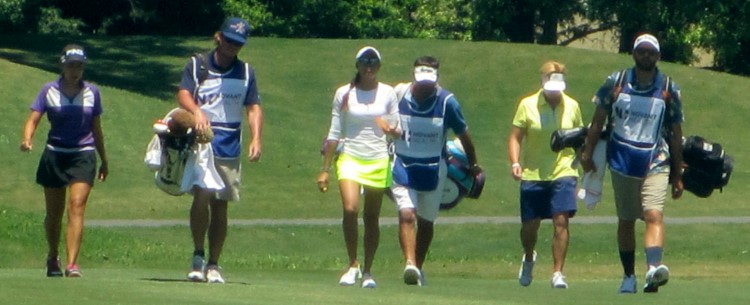
Every player needs a dream as motivation in order to go through the physical, emotional and financial struggles that most of them face each season. They put in hours and hours, days and days, of hard work over most months of the year, trying to take their game to the next level in which competing on the LPGA becomes a realistic goal. You have to be not only very talented but highly motivated to succeed. At the professional level golf is as much a mental game as it is physical, maybe more so. As they say… the toughest distance in golf is usually the six inches between your ears.
Women’s professional golf has never been more competitive than it is now. There is a fine line between what it takes to be a successful player on the Symetra Tour and a successful player on the LPGA. It is hard to pinpoint what the difference is, but most players know it instinctively. They know if their game matches up with those of players they have competed against who they have watched make the big step up to the LPGA. After three, four, five years, or more on the Symetra Tour most players know in their hearts if they have what it takes. They may not admit it, even to themselves, but they usually can tell. Despite this many will continue on “The Road to the LPGA” for several more years. They will not take that exit ramp that leads to a 40-hour-a-week regular job like most people. They will stay on the highway, hoping that elusive goal they have seen many times in their dreams is just over that next hill.
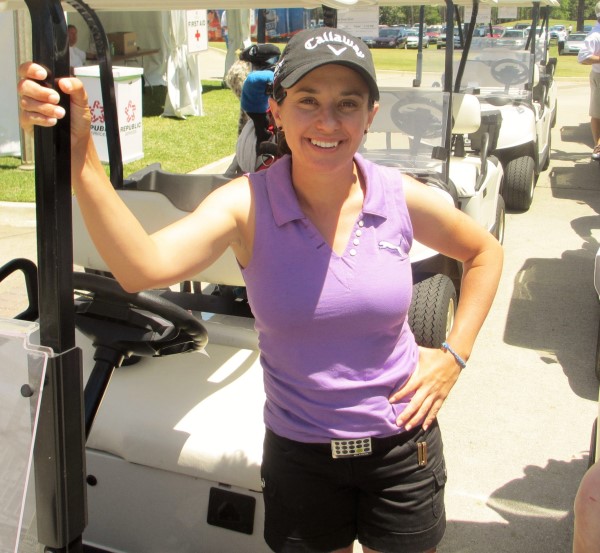
Mo Martin serves as an inspiration to all the Symetra Tour players who have toiled for more than a few years trying to make their LPGA dream come true. After playing college golf at UCLA, one of the top women’s golf programs in the country, Martin spent a full six seasons (2006-2011) playing on the Symetra Tour before she earned her LPGA card. Since 2012 she has been a steady performer on the LPGA, approaching $2 million dollars in winnings, and she has a major victory, the 2014 Ricoh Women’s British Open. Martin was 29 years old when she made it to the LPGA. She is now 33 and still playing very well. Many LPGA players have competed effectively into their 40’s.
Some players do not fully develop their games until their late 20’s, but they are the exception on the LPGA. That has become even more evident in recent years with the onslaught of teenage sensations and players in their early 20’s who are dominating the tour currently. In fact, through the first 12 events of the 2016 LPGA season, the oldest winner of a tournament is just 24 years old.
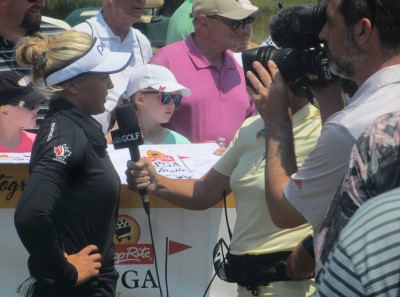
Canada’s Brooke Henderson is one of the latest examples of the strong youth movement on the LPGA. Henderson played part of the 2015 season (just 3 events) on the Symetra Tour as a 17-year-old. She also used sponsor exemptions and Monday qualifiers to get into several LPGA events. She took full advantage of those opportunities by making more than $600,000, capturing a victory on the LPGA, and earning her LPGA card that way. She is now the fifth-ranked woman player in the world at just 18 years old, and she is currently 9th on the tour’s money list this season.
Many players have toiled on the Symetra Tour well into their 30’s; for eight, nine, even ten years or more. Perhaps they believe that a new swing change or a different putting style will turn their game around. They continue to hope that it is just around the corner. You need patience to be a successful player. As a general rule of thumb, if a player can’t lower her season scoring average to somewhere around 71 or 72 strokes a round she will have very little chance of making cuts on the LPGA. If a player can’t shoot frequently in the 60’s over the course of a season she will have a very hard time establishing herself as a contender on the LPGA. Symetra Tour players who are averaging 73 or 74 shots a round after several years on the tour will need to improve their games dramatically to have any reasonable chance of success at ever making it to the LPGA.
Golf is a very humbling game, even for excellent players on the Symetra Tour who are just a shot or two a round away from being able to compete at the highest level in the world. It is hard for most of the players on the tour to give up on their dream. The harsh realities of personal finances often make the decision for them. All but a select few will eventually wake up one morning realizing their dream has vanished like the morning dew on the fairways. That nine-to-five job awaits most.

Dave Andrews is a retired television news reporter. He is also an avid golfer who has become a fan of the LPGA and the Symetra Tour.
Dave is the author of Pops and Sunshine, a novel and screenplay about a young woman pro’s dream and struggles to make it to the LPGA. The screenplay has been optioned by a production company in Hollywood. The novel is available at Kindle Ebooks.
Follow Dave online on Twitter @PopsandSunshine
Image credits: Photos by Dave Andrews except Inbee Park via Creative Commons licence.




